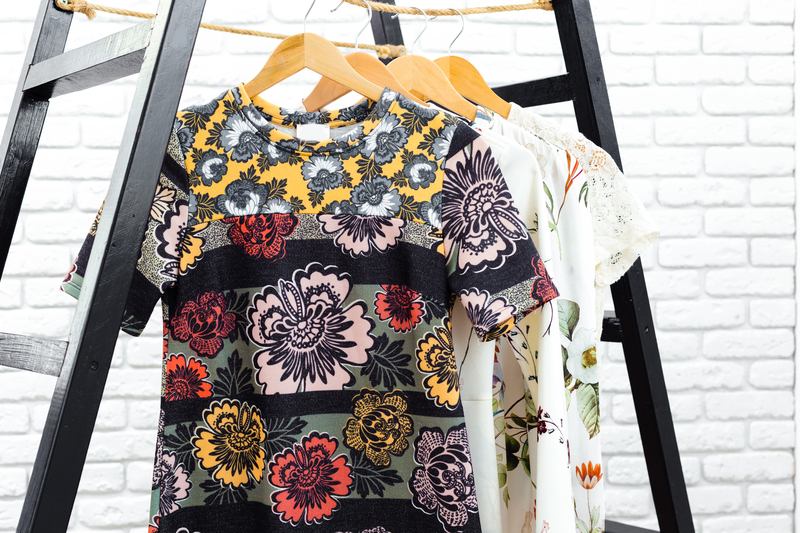How to Turn Bulky Waste Item Disposal Into Savings
Struggling with disposing of old furniture, mattresses, or large appliances? Discover how bulky waste item disposal can actually put money back in your pocket instead of draining your wallet!
Understanding Bulky Waste and Its Disposal
Bulky waste items are large objects that cannot fit into standard household bins. These typically include items such as:
- Old sofas and couches
- Mattresses and bed frames
- Refrigerators and dishwashers
- Washing machines and dryers
- Wardrobes, tables, and other oversized furniture

Why Bulky Waste Item Disposal Costs Money
Many municipalities charge fees for large waste item removal. These fees cover labor, transportation, and landfill costs. If you simply drag your old fridge to the curb, you might be hit with a service charge or even a fine. That's why learning how to turn bulky item disposal into an opportunity for savings is so valuable.
Different Ways to Cut Costs on Bulky Waste Disposal
1. Sell Bulky Items That Still Have Value
Before carting anything to the dump, assess whether your large waste item holds value for someone else. Here's how to turn your trash into cash:
- Online Marketplaces: Sites like Craigslist, Facebook Marketplace, or local selling apps allow you to post items for sale. Even appliances that need minor repairs are desirable to handymen or bargain hunters.
- Garage Sales: Organize a community or personal garage sale. Items like old dressers, tables, or chairs can quickly find buyers at the right price.
- Antique or Vintage Sales: Certain furniture designs or materials may be valuable to collectors. Research your item's make, brand, and age before deciding its value.
2. Donate to Nonprofits and Receive a Tax Deduction
Many charitable organizations accept gently used bulky items. By donating, you may not only help a family in need but also receive a tax deduction for your generosity.
- Local Thrift Stores: Goodwill, Habitat for Humanity ReStores, and Salvation Army often accept large furniture or usable appliances.
- Pickup Services: Some nonprofits offer free pickup for heavy items, saving you time and disposal fees.
- Tax Benefits: After donation, request a receipt for your records. The value of your donated item can often be deducted from your income tax, turning disposal into tangible savings.
3. Consider Upcycling or Repurposing Bulky Items
With a bit of creativity, you can transform bulky waste into usable or even sellable items. Think about:
- Repurposing Furniture: Old wardrobes can become stylish bookshelves, and wooden pallets can be remade into outdoor furniture.
- Craft Projects: Use parts of large appliances for art, planters, or home improvements.
- DIY Repair and Selling: Refinishing or fixing minor issues can increase the value of your old furniture, fetching a higher price in the secondhand market.
4. Scrap and Recycle for Profit
Did you know that some bulky waste items are goldmines for raw materials? Scrap yards and recycling centers may pay for items such as:
- Refrigerators and freezers (for their metal content)
- Washing machines and dryers (valuable stainless steel and copper)
- Metal bed frames, chairs, or tables
- Contact local recyclers to ask what kinds of payments they offer for large household items.
- Sort and dismantle items when possible to separate valuable metals or components.
- Follow recycling regulations to avoid fines or penalties.
5. Participate in a Community Bulk Waste Event
Many municipalities organize bulky waste collection days or community cleanups, allowing free or discounted disposal. How this saves you money:
- Reduced Fees: During collection events, disposal fees are often waived for residents.
- Shared Costs: Pool resources with neighbors to split hauling expenses.
- Convenience: Avoid landfill trips and associated costs.
Strategic Approaches for Converting Bulky Waste Disposal Into Savings
Audit and Inventory: Know What You Have
Start by making a comprehensive list of all your bulky waste items. Take note of their condition, materials, and potential hazards (like refrigerant in old fridges). This inventory will help you choose the most cost-effective removal and savings strategy.
Pair Up for Pickup: Reduce Transportation Costs
If you need to rent a truck or van to handle your large item removal, consider teaming up with neighbors or family. Multiple households chipping in on a single trip can cut your out-of-pocket costs by 50% or more.
Negotiate with Haulers
If you've opted for a professional junk removal service, don't just accept the first quote. Explain that your items are sorted, clean, or accessible, which can lower labor hours and total fees. Some haulers will offer discounts for well-prepared pickups.
Reducing Environmental and Financial Costs
Every time a bulky waste item is recycled, upcycled, or reused, it avoids the landfill--a win for the environment and your bank account. Here's why this matters:
- Lower Landfill Fees: Many tips charge per item or per weight. Fewer items mean less cost.
- Sustainable Outcomes: Recycling conserves raw materials, reducing the cost of manufacturing new goods--and sometimes those savings are passed on to consumers.
- Energy Savings: Upcycling and reusing items avoid the high environmental cost of creating new products.
Quick Tips for Smart Bulky Waste Item Disposal
- Photograph and advertise your items before throwing them away--there may be a willing buyer!
- "Free to collector" works wonders--often, someone will collect your large item simply to avoid buying new.
- Confirm with your city or local service what items are accepted for special or community collection, and if there are associated costs.
- Be safe. Large items can be heavy or require special disposal (like fridges with refrigerants). Always follow guidelines or hire help when needed.

Maximizing Savings with Advanced Bulky Waste Strategies
Bulk Sorting and Prepping: Increase Your ROI
Sorting bulk items by material (metal, wood, fabric) and condition increases their resale or recycling value. For example, a clean, undamaged metal bedframe might fetch a higher scrap price than a rusted or mixed-material frame.
Cooperative Disposal: Join Forces with Local Groups
Many online community groups, like neighborhood Facebook pages or Nextdoor, have "free stuff" threads. Listing your unwanted items here often means someone will take them away for free, saving you hauling and disposal fees.
Vendor Take-Back Programs
When purchasing a new appliance or furniture, ask if the retailer offers a take-back or trade-in program. Many stores will take away your old item for free--or even give you a discount on your new purchase in exchange for recycling.
Bulk Waste as Raw Materials: Partner with Creatives or Businesses
Crafters, theater groups, or startups may pay for reusable bulky materials for their projects. Old doors become tables, or broken washing machines become art sculptures!
Conclusion: Turn Your Large Waste Items into a Financial Opportunity
Bulky waste item disposal doesn't have to be an expensive headache. By selling, donating, recycling, or upcycling, you can minimize cost and even make money in the process. Take the time to evaluate your items, leverage community resources, and hunt for cost-cutting (or revenue-boosting) options. From online sales to creative upcycling, every large item is a chance to save a little--or a lot!
For more tips and resources on bulky waste disposal savings, contact your local recycling center, municipal website, or charitable organizations. And remember to always dispose of waste responsibly--for your wallet and for the planet.
```